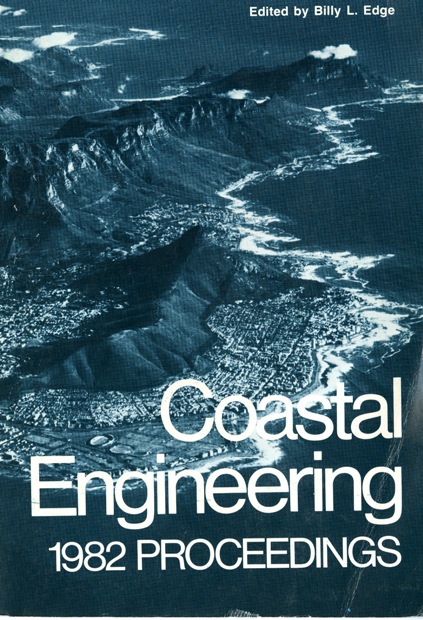Abstract
An important class of estuaries which has received relatively little attention is the barrier-island-contained multi-inlet one. Cases range in scale from the tidal rivers common along the S.E. coast of the U,S.Ae to the very extensive embayments found on the Gulf of Mexico. A sound knowledge of the dynamics of the type of estuary is important for enlightened management of the resource. In the Gulf of Mexico region these estuaries tend to be significant spawning areas for marine fishes, and also support important local fisheries and oyster beds. Fortunately (or not) they are also geomorphically associated with coasts underlain by nearly-horizontal sedimentary rocks which often yield petroleum. Finally, in the Gulf of Mexico area of the U.S.A. the relatively attractive setting and climate of the barrier islands induces dense human development. (Surprisingly this attraction does not seem to occur in Latin America where the Gulf Coast is relatively unpopular and sparsely populated). Petroleum extraction and residential development, and the civil appurtenances needed to support them, can pose significant threats to the water quality, and hence marine life, of these estuaries. Local economic and social impacts can be severe since the fishing economy is usually marginal and traditional (even in the U.S.), while the oil and real estate businesses are usually strongly linked to wealthier portions of the exogenous economies. Because of this, regulation, is probably necessary to prevent excessive adverse impacts, and sound knowledge is required for proper and enforceable water quality regulation.
Authors retain copyright and grant the Proceedings right of first publication with the work simultaneously licensed under a Creative Commons Attribution License that allows others to share the work with an acknowledgement of the work's authorship and initial publication in this Proceedings.

